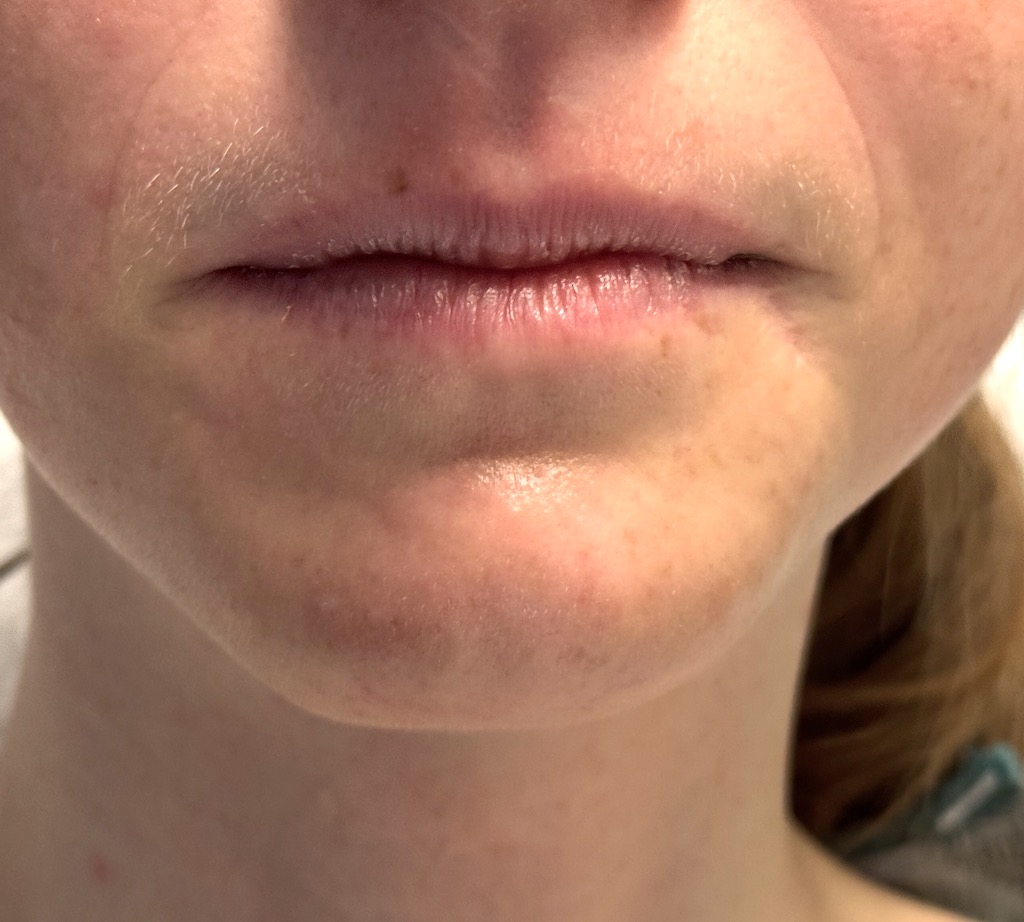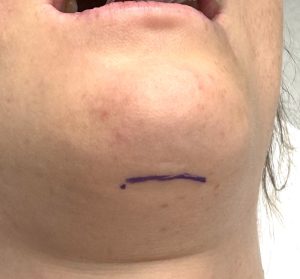One of the most common forms of changing the shape of the chin is the bony genioplasty. While once used exclusively for a horizontal chin augmentations hence the term ‘sliding geniopasty’, its use today has expanded for a variety of more complex chin shape changes. Significant vertical chin lengthening and now the every popular mini V line procedure in facial feminization surgery has created an increasing number and types of bony chin shape changes.
All of these types of osteotomy-based chin procedures are done intraorally which means the view of the bone and its changes are done from above. The main focus of the procedure is a safe osteotomy bone cut preventing injury to the mental nerve and tooth roots as well as stable plate fixation holding the bone in its new position. Symmetry of bone placement is also important but it is one element of the procedure that can be difficult to completely assess during surgery as the bottom of the chin bone can not be fully seen intraorally. As a result chin asymmetry is not rare as it can be inadvertently tilted to one side.
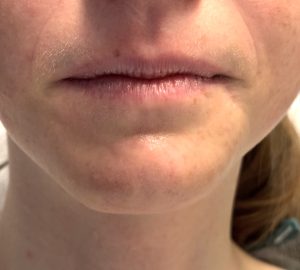
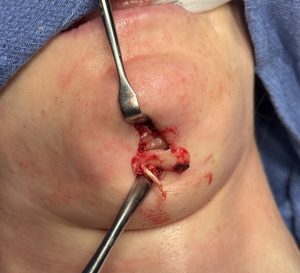
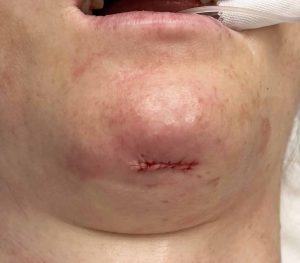
Whether it is a naturally asymmetric chin or one that has been caused by a prior bony genioplasty procedure, the submental approach usually offers the best correction whether it be by removal of the longer side or addition to the shorter side. Because the submental incision can be used as a ‘mobile window’ its length can be remarkably short despite the size of the bone removed.
Dr. Barry Eppley
World-Renowned Plastic Surgeon

